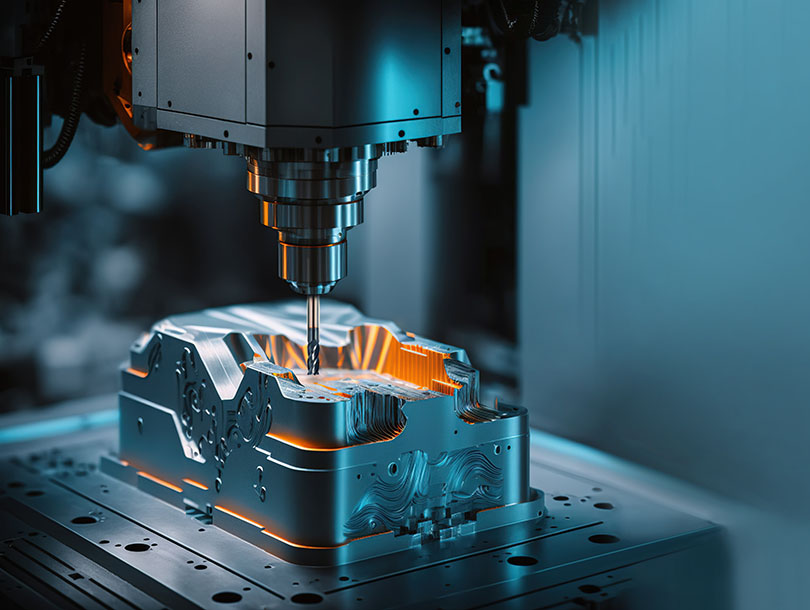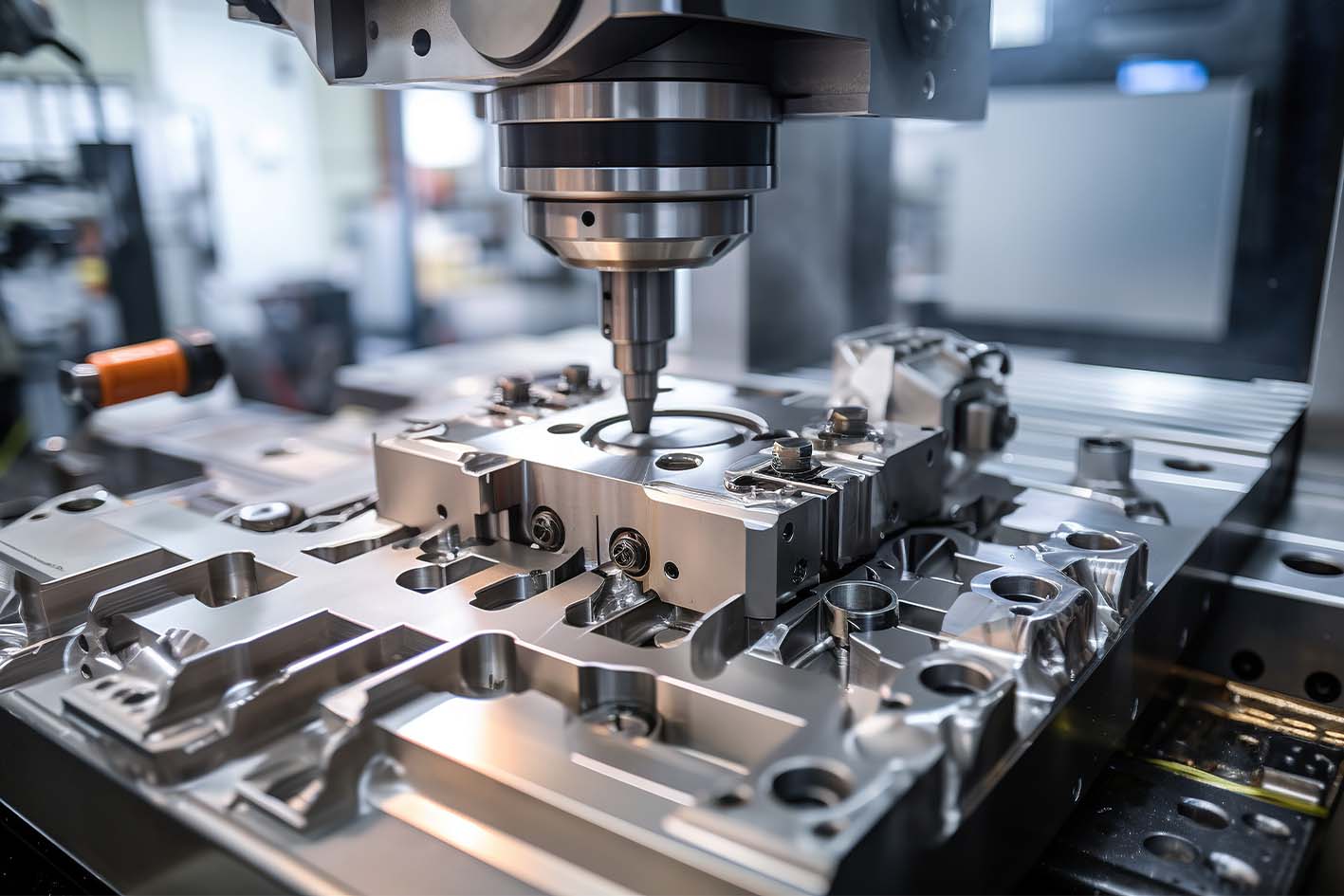Mastering the Art of Bolts and Machining: Technologies and Ideal Practices
In the realm of industrial manufacturing and design, the proficiency of bolts and machining is a foundation of guaranteeing architectural honesty, capability, and longevity in various applications. As modern technology advances and needs for efficiency and precision increase, staying abreast of the most up to date advancements and ideal techniques in attachment and machining becomes vital. From the evolution of fastening technologies to the intricacies of selecting the most suitable materials, the landscape of modern production is constantly developing. Join us as we check out the most recent improvements and dig into the nuanced globe of mastering bolts and machining, uncovering key insights and approaches that can boost your strategy to engineering options.
Advancement of Fastening Technologies
Throughout the industrial transformation and right into the modern era, the development of securing innovations has been marked by constant innovations in performance and integrity. Fasteners, such as rivets, bolts, and screws, play a critical role in various markets, consisting of automotive, aerospace, building, and electronic devices. The demand for more powerful, more resilient, and easier-to-install attachment solutions has driven development in the field.
One considerable advancement has actually been the change in the direction of accuracy machining strategies to create bolts with greater resistances and superior performance. This shift has enabled producers to create fasteners that meet strict top quality criteria and deal raised resistance to deterioration and exhaustion.
In addition, the intro of innovative products, such as titanium alloys and compounds, has actually transformed the capabilities of bolts. Fasteners and Machining. These products offer extraordinary strength-to-weight ratios, making them perfect for applications where reducing weight is crucial without endangering architectural stability
Improvements in Machining Techniques
In the world of commercial manufacturing, the continual development of machining methods has actually led the method for unprecedented precision and efficiency in the manufacturing of fasteners. This specific control enables suppliers to create facility and elaborate bolt styles with simplicity.

In addition, the fostering of multi-axis machining centers has actually made it possible for simultaneous cutting procedures from different angles, even more enhancing performance and minimizing production times. By using these advanced machining approaches, makers can meet the increasing need for premium fasteners while keeping cost-effectiveness in their operations.
Picking the Right Bolt Materials
Selecting the proper material for bolts is a vital decision that dramatically affects the efficiency and durability of the assembled elements. When choosing the ideal fastener product, several factors need to be considered to make sure the sturdiness and reliability of the last item. The product selected must work with the ecological conditions the bolts will be exposed to, such as temperature level variants, imp source moisture levels, and destructive aspects.
Common materials made use of for bolts include stainless steel, carbon titanium, steel, and aluminum, each offering unique residential or commercial properties that fit various applications. Stainless steel, for instance, is recognized for its corrosion resistance, making it optimal for aquatic or outdoor environments. Carbon steel is a cost-efficient option ideal for many general-purpose applications. Aluminum is lightweight and frequently made use of in sectors where weight is a vital aspect. Titanium, on the various other hand, is corrosion-resistant and remarkably strong, making it appropriate for high-performance applications.
Enhancing Precision in Machining
Attaining ideal accuracy in machining is vital for guaranteeing the top quality and performance of machined parts. Precision in machining describes the ability to constantly produce components within tight resistances and with high precision. To improve accuracy in machining, manufacturers utilize a variety of innovative techniques and modern technologies. One secret approach is utilizing Computer system Numerical Control (CNC) devices, which offer remarkable accuracy and repeatability contrasted to traditional hand-operated machining approaches. CNC devices are programmable and can carry out complex machining procedures with marginal human treatment, causing greater accuracy levels.
Along with CNC machining, making use of innovative cutting tools and device owners can likewise significantly enhance accuracy. Premium cutting devices with innovative coverings lower rubbing and wear, bring about more precise cuts and dimensional accuracy. Furthermore, implementing stringent quality control steps throughout the machining process, such as regular evaluations and calibration of equipment, helps maintain regular precision levels. By focusing on precision in machining, suppliers can attain exceptional product top quality, tighter tolerances, and improved overall performance of machined elements.

Best Practices for Fastener Installation
Accuracy in machining plays a vital function in making certain the integrity and long life of bolt installments. When it concerns finest methods for bolt installation, one key facet is the appropriate selection of fasteners based on the particular application demands. Utilizing the right type, size, and material of bolt is essential to assure optimum efficiency and toughness. Fasteners and Machining. In addition, it is vital to comply with producer go to these guys standards and suggested torque values during the installment process to stop over-tightening or under-tightening, which can result in premature fastener failing.
Moreover, making sure that the bolt threads are free and clean his comment is here of debris prior to installation is important to attaining a secure and efficient link. By adhering to these finest methods, suppliers can optimize the stability and efficiency of their bolt installations.
Conclusion
By choosing the right bolt products and improving precision in machining, producers can achieve optimum outcomes in their operations. In general, grasping the art of fasteners and machining involves continual advancement and adherence to finest methods.
In the world of commercial manufacturing, the continuous evolution of machining approaches has paved the way for extraordinary accuracy and effectiveness in the production of fasteners.Accuracy in machining plays a critical function in guaranteeing the reliability and long life of fastener setups. When it comes to best techniques for fastener installment, one essential aspect is the correct selection of bolts based on the details application needs. By choosing the appropriate fastener products and enhancing accuracy in machining, producers can attain optimum results in their procedures. In general, understanding the art of fasteners and machining entails continuous technology and adherence to finest methods.
Comments on “Fasteners and Machining: Maximizing Layout for Superior Production”